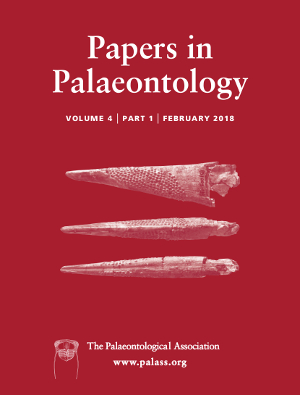Reg. Charity No. 1168330

‘Cardiomyine’ rodents are extinct large terrestrial Caviidae closely related to capybaras, that inhabited large parts of South America during the middle Miocene and Pliocene. They are mostly preserved as isolated teeth, but also as skull and jaw fragments. Here we revise the taxonomy of this group and describe two new species, each pertaining to one of the two main late Miocene groups, represented by the genera Caviodon and Cardiomys. This suggests that the diversity of ‘cardiomyines’ was higher than previously thought. Among the specimens studied there are two almost complete skulls; one from the Andalhuala Formation, Catamarca, and the other from the Arroyo Chasicó Formation, Buenos Aires. The first, housed in the Field Museum of Natural History, was originally catalogued as Cardiomys ameghinorum, a common species for the late Miocene of north‐western Argentina (NOA), but is here transferred to the genus Caviodon. This is the first mention of the genus for NOA, enlarging its geographical distribution for the late Miocene. The second skull, assigned to Cardiomys sp., is housed in the Museo de La Plata. Furthermore, from the revision of the holotypes of the species of Caviodon (C. multiplicatus, C. bravardi, C. (Lelongia) paranensis, C. angustidens and C. scalai from the Conglomerado osífero of the Ituzaingó Formation; late Miocene, Argentina) we propose their synonymy with the type species C. multiplicatus, decreasing the specific diversity in that locality. Finally, our phylogenetic analysis indicates that the species of ‘cardiomyines’ are paraphyletic, placing them in a basal position among the Hydrochoerinae.